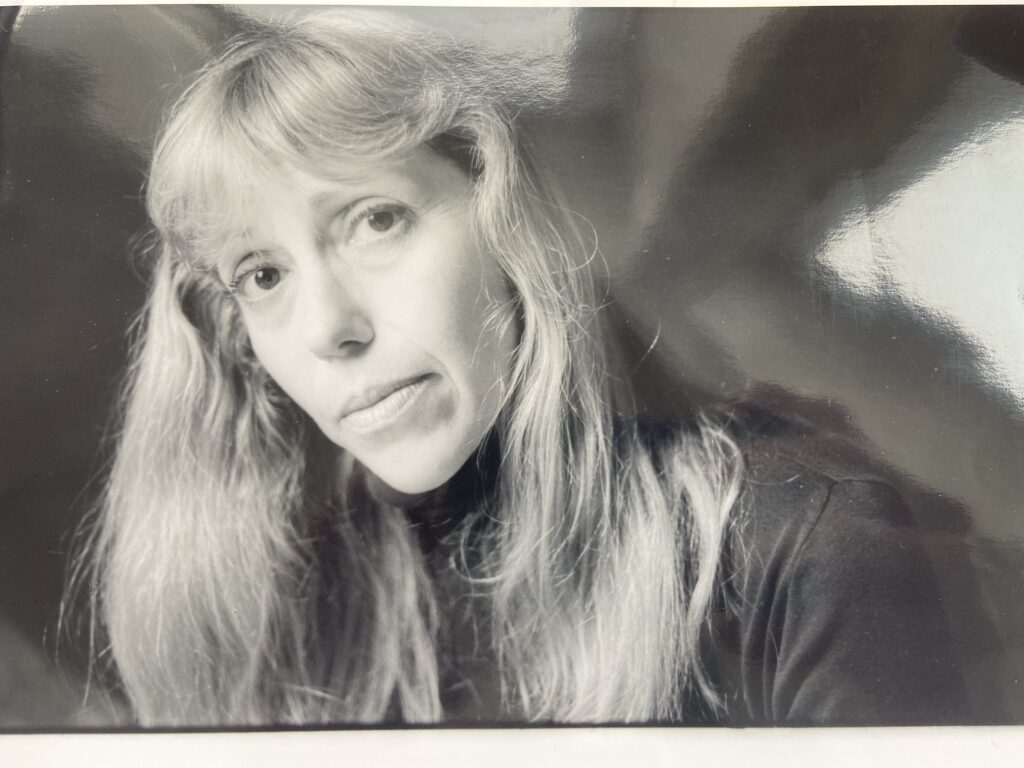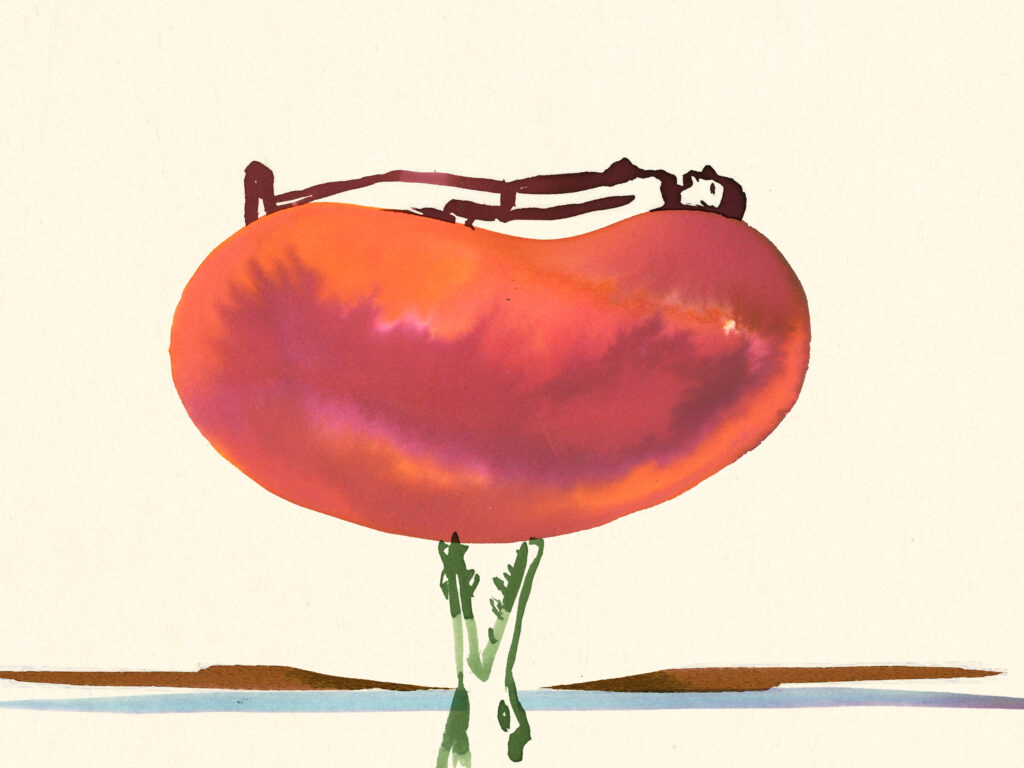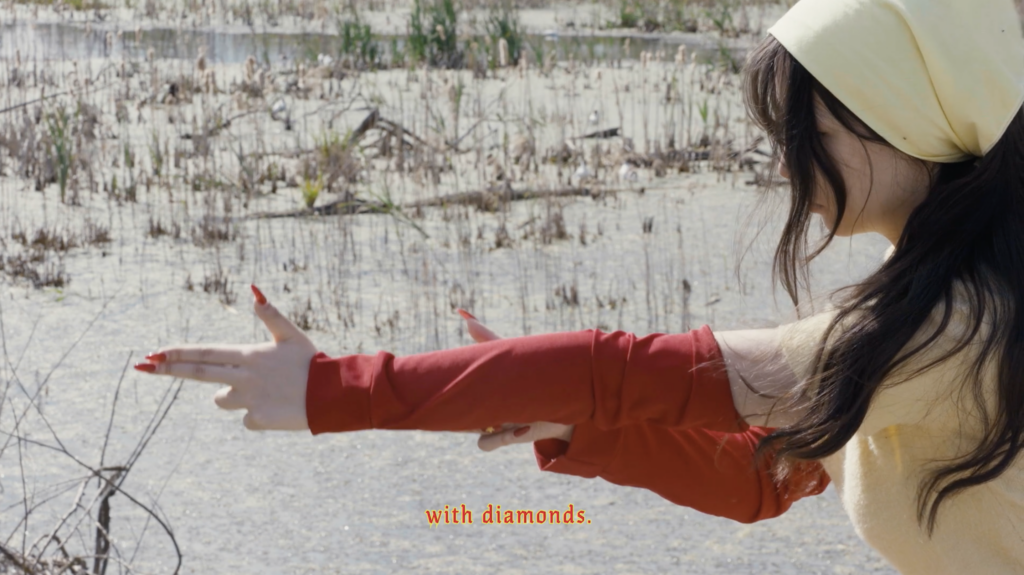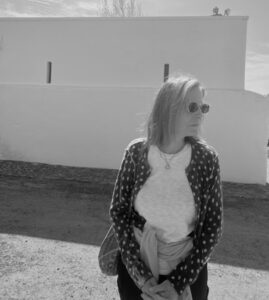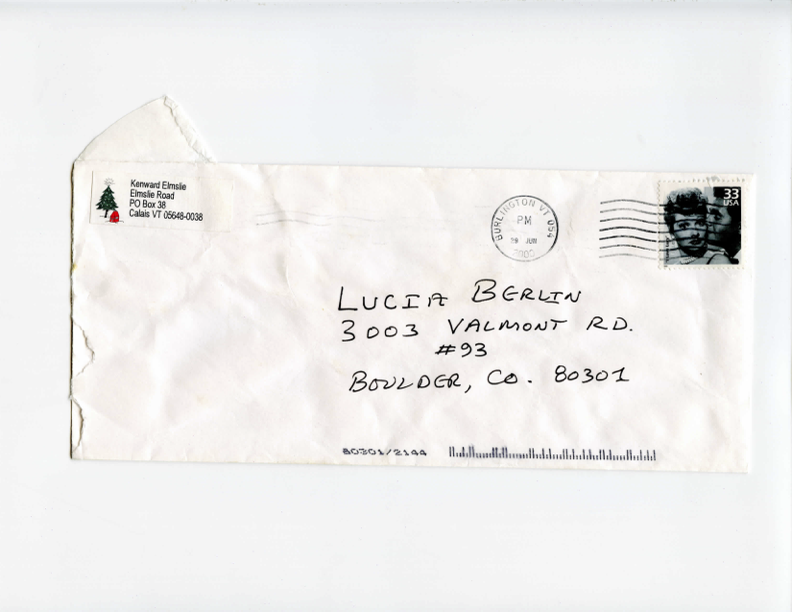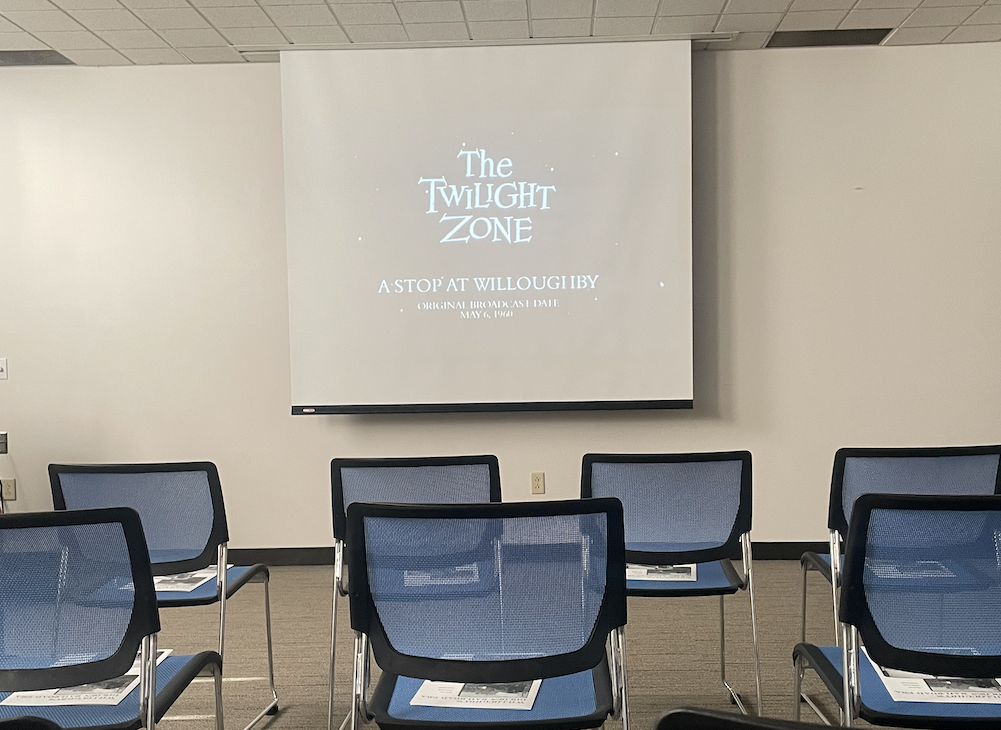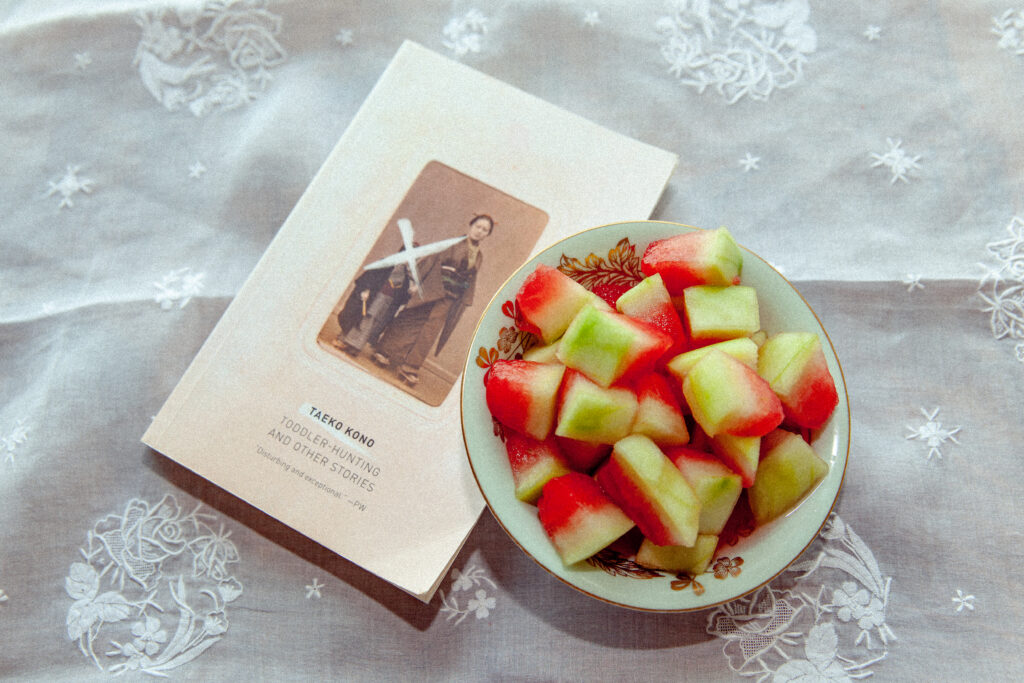Katherine Dunn. Photograph courtesy of Eli Dapolonia.
Katherine Dunn didn’t really make a living from her fiction until 1987, when, at forty-two, she sold Geek Love, her third published novel, to Sonny Mehta at Knopf for twenty-five thousand dollars—a windfall that briefly swept away her persistent financial concerns. Dunn had relied on all sorts of ways to make ends meet while she was coming up as a writer. At eighteen years old, in 1963, she sold fake magazine subscriptions door-to-door in the Midwest until she was arrested in Missouri for trying to cash a client’s fraudulent check. As a college student, first at Portland State and later at Reed, she worked as a topless dancer, a nude model for art students, and a writer of fellow students’ term papers. She also hustled pool.
After her first novel, Attic, was published in 1970, Dunn got a gig in Manhattan writing scripts for Warner Brothers. She returned to Portland in 1976, after years of travel. There she tended bar at the Earth Tavern, a dive-bar-slash-rock venue frequented by hippies, bikers, and merchant marines. She wrote a question-and-answer column for Willamette Week, the local Portland alt-weekly, and covered local boxing.
But, mostly, as she struggled to make it as a fiction writer, Dunn waited tables, most notably at the Stepping Stone Cafe, a terrific Northwest Portland diner. When I stopped there last summer on a trip doing research for a biography about Dunn, it felt like it probably hadn’t changed much since she worked there in the seventies and eighties. Back then, the only day care she could afford for her young son, Eli Dapolonia, was a seat at the counter while she poured coffee and charmed customers.
Copyright
© The Paris Review

